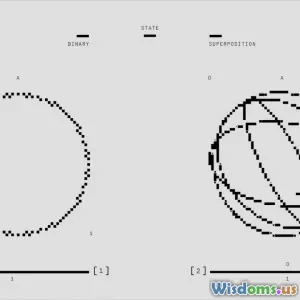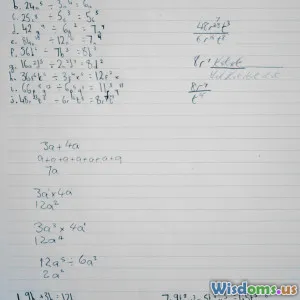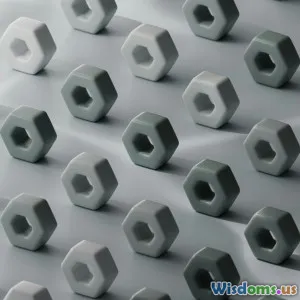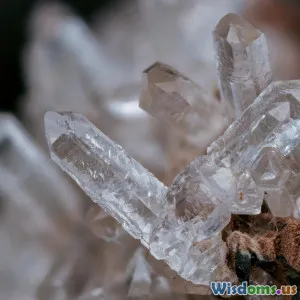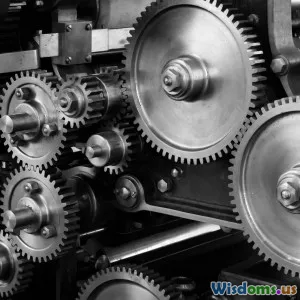
Why Do Some Materials Defy the Laws of Thermodynamics
13 min read Explore why certain materials seem to defy thermodynamic laws and what this means for physics. (0 Reviews)
Why Do Some Materials Defy the Laws of Thermodynamics?
Imagine a refrigerator that cools itself without using electricity. Or a system that runs indefinitely without any loss of energy. These examples sound like science fiction or the stuff of perpetual motion dreams. Yet, headlines sometimes declare the discovery of materials or devices that seem to bend or break the fundamental laws of thermodynamics. How is this possible? Do such materials truly exist, or are we misinterpreting the science?
This article delves deep into the surprising and often misunderstood world of materials that appear to defy the laws of thermodynamics. We’ll unravel the truth behind these astonishing claims using concrete examples, real research, and hands-on analysis.
The Bedrock: Understanding the Laws of Thermodynamics

The laws of thermodynamics form the backbone of classical physics and chemistry. They govern how energy moves, transforms, and ultimately dissipates. Let's revisit the essentials:
- First Law (Conservation of Energy): Energy can neither be created nor destroyed, only transformed from one form to another.
- Second Law (Entropy): In any process, the total entropy (or disorder) of a closed system and its environment always increases over time—that is, systems naturally evolve towards thermal equilibrium.
- Third Law (Absolute Zero): Entropy of a perfect crystal approaches zero as temperature approaches absolute zero.
For over a century, engineers and scientists have relied on these laws without exception—from designing power plants to refrigerators. When a material or a system seems to violate them, it raises both eyebrows and fundamental questions.
Famous Examples: Seemingly Impossible Materials
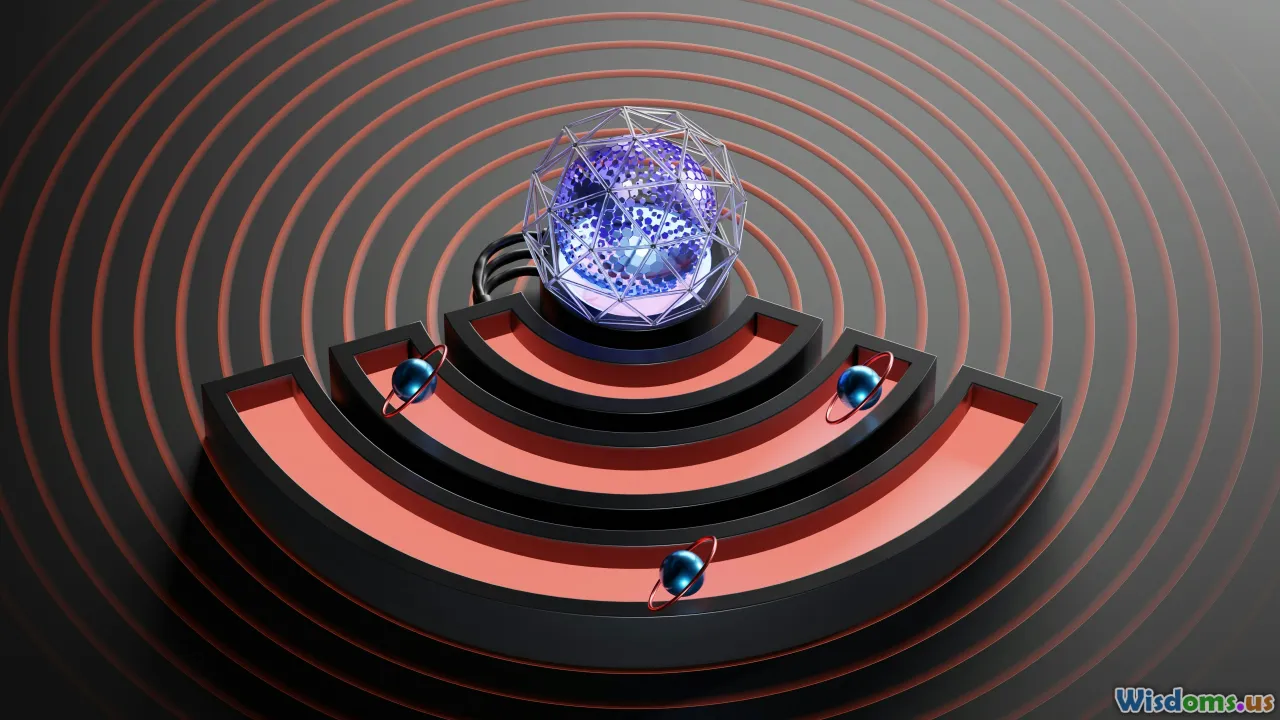
The dreams of free energy persistently resurface, often stoked by sensational reports or misunderstood research. Here are some classic examples:
1. Perpetual Motion Machines
Attempts to build a perpetual motion machine—which produces more energy than it consumes—are as old as the laws themselves. Over centuries, inventors have tried everything from spinning wheels that run indefinitely to closed water loops. None have worked because they uniformly ignore friction, material resistance, or the basic rules of energy conservation.
2. Superconductors
Superconductors, first discovered in 1911 by Heike Kamerlingh Onnes, are materials that, below a critical temperature, carry electrical current with zero resistance. For many, this is nothing short of miraculous—a current that flows forever? In fact, circulating currents in superconducting loops have been observed to persist for years without measurable decay. However, superconductors do not break the first law: energy must be invested to initiate the current, and the system is isolated from external influences to prevent decay.
3. Negative Temperature States
In 2013, researchers made headlines by coaxing a system of potassium atoms into what's called a 'negative absolute temperature' state. At first blush, this seems to defy the second law. In reality, these states are highly constrained, require continuous energy input, and don't offer unlimited free energy. Rather, 'negative temperature' means the population of higher energy states exceeds those at lower energy, a statistical descriptor rather than 'less than zero' on a physical scale.
Quantum Quirks: When The Rules Get Bent

Quantum mechanics is famed for its strange, counter-intuitive phenomena. At quantum scales, the world plays by rules that can confound even experienced physicists. In this domain, do materials break thermodynamic laws—or just appear to?
Quantum Tunneling and Energy Transfer
In the quantum realm, particles can "tunnel" through barriers they lack the classical energy to cross. This doesn't break conservation of energy, but instead reflects how probability waves behave differently than solid objects. For example, in semiconductors and Josephson junctions (tiny quantum circuits), tunneling effects are harnessed to generate interesting new states like superconductivity.
Maxwell's Demon
James Clerk Maxwell, in the 19th century, imagined a hypothetical creature (latter called Maxwell's Demon) able to sort molecules by energy without expending any. This seemed to violate the second law. However, deeper analysis shows that the demon itself must use energy and that information processing is subject to entropy increases, preserving thermodynamic balance.
Topological Insulators and Protected States
Topological insulators are exotic materials whose edge states are virtually immune to defects and scattering. These "protected" states seem to allow electrons to move indefinitely—but only under carefully constructed circumstances and at very low temperatures. Practical losses due to real-world imperfections always reintroduce entropy and resistance in actual applications.
Are We Seeing Violations or Misinterpretations?

When researchers or the press claim observations that hint at a break from thermodynamics, what’s really going on?
- Idealizations vs. Reality: Many lab results are obtained in near-ideal conditions—extremely low temperatures, vacuum environments, and careful isolation. Remove the protections, and supposed anomalies vanish.
- Measurement Artifacts: Sometimes, experimental errors, miscalibrated instruments, or overlooked side effects are to blame for anomalous results.
- Misunderstood Terms: Words like "efficiency greater than 100%" sometimes creep into headlines. In scientific context, this generally refers to a specific conversion more effective than a baseline, not true energy creation.
- Information Over Energy: Many systems convert information (which has an entropic cost) rather than energy, leading to superficial interpretations that a law has been broken.
Ultimately, advances in measurement science and theoretical understanding have consistently reaffirmed the validity of thermodynamics. What look like violations are often signals of new physics or measurement realities—never true exceptions to these deep, universal rules.
Notable Research and Real Debates
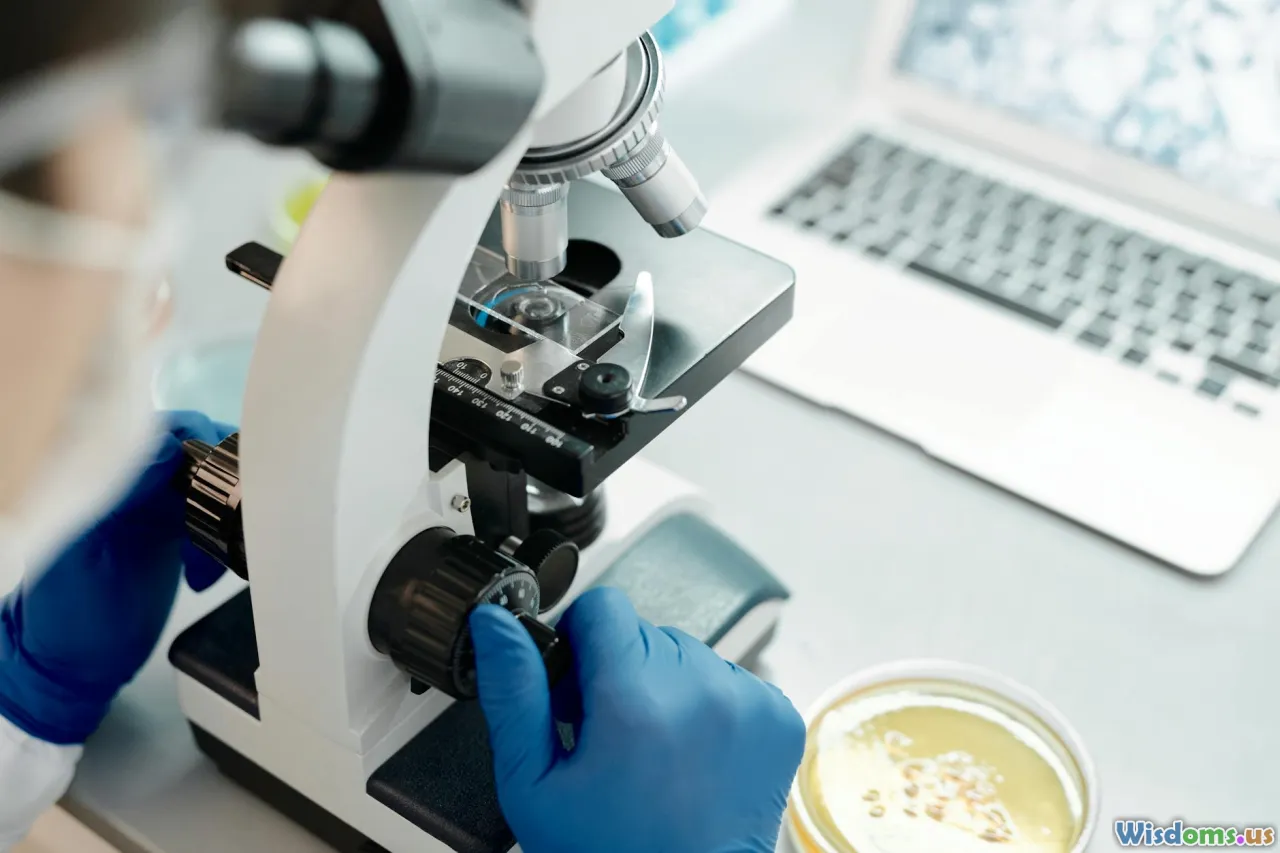
The field is filled with legitimate intrigue. Here are a few notable research frontiers:
1. Non-Equilibrium Thermodynamics
Living systems like plants and animals persist far from equilibrium, harvesting energy (from the sun or food) and transforming it into more disordered states (heat, waste). Researchers study these open systems under non-equilibrium thermodynamics to explain how local order can appear to increase at the expense of global entropy growth.
2. Maxwell's Demon Experiments
Recent molecular experiments use automated "demons" built from molecules or nanomachines to manipulate particles under feedback control. Modern studies have shown that the energetic cost of measurement and feedback obeys a generalized form of the second law—no free lunch exists, but the boundaries keep getting clearer.
3. Quantum Thermodynamics
With the rise of quantum computing and mesoscopic devices, scientists are probing how foundational laws play out at ultrafast, ultra-cold, or miniature scales. Questions about entropy, energy flow, and reversibility under quantum coherence are leading to refined generalizations of classical laws.
Busting Myths: Tips for Evaluating “Impossible” Claims

Given viral news and dramatic press releases, how can professionals and the public separate real breakthroughs from hype or error? Here are actionable tips:
- Check Peer Review: Genuine discoveries are published in reputable journals, not just press releases or YouTube videos.
- Ask About Conditions: Note the temperature, environment, and system boundaries reported. Lab conditions are often ultra-specific.
- Follow the Energy Flow: Map inputs, outputs, and losses carefully; add up energy and entropy budget lines.
- Seek Replicated Results: Breakthroughs convince the world when other laboratories reproduce the effect.
- Be Wary of Overused Buzzwords: Phrases like “breaks physics” or “impossible efficiency” usually signal hype, not substance—unless backed by a compelling paper and respected reviewers.
By applying these principles, anyone can navigate between credible science and fantasy.
The Future: Harnessing the Power of Exotic Materials—Within the Rules
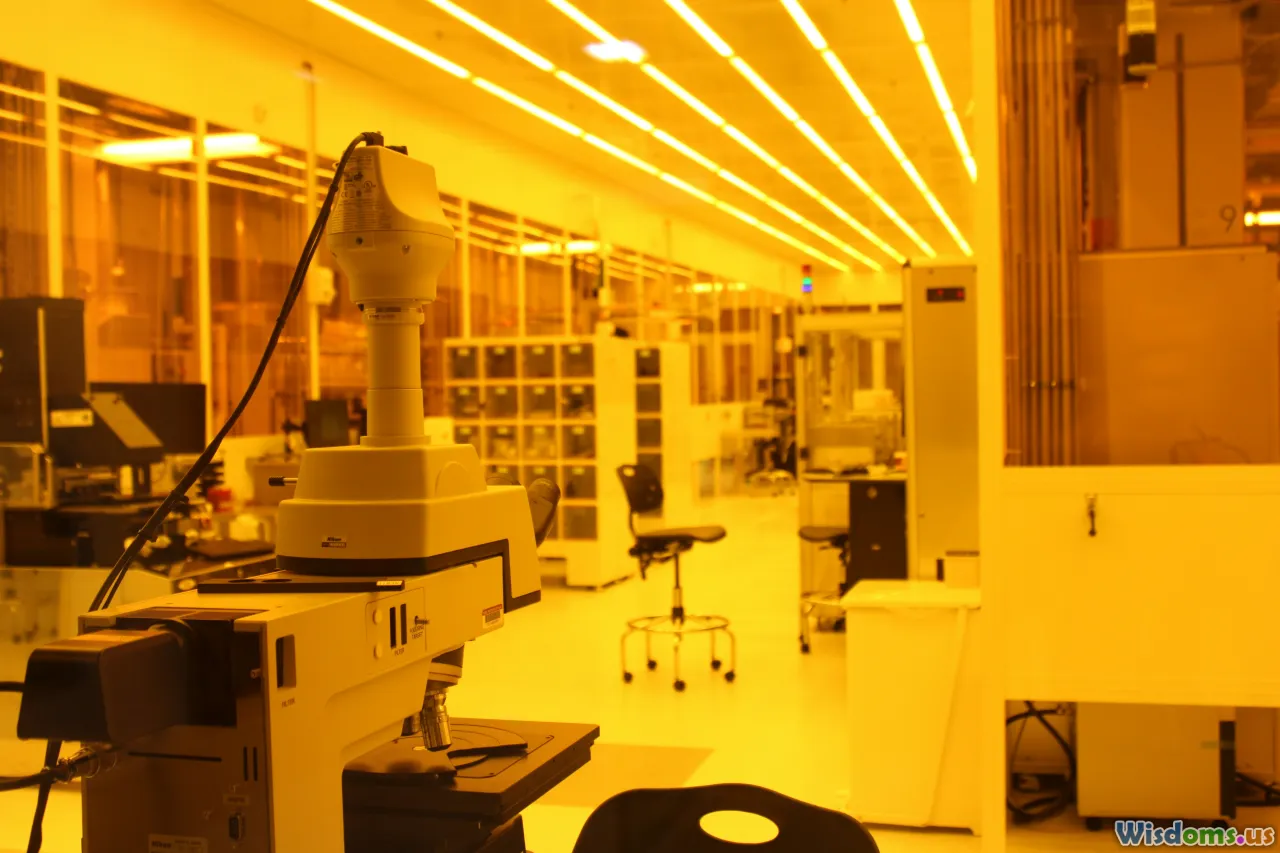
It’s easy to oversell the wildest headlines. The real power lies in understanding and pushing the boundaries of thermodynamics ethically and ingeniously.
- Superconductors promise lossless power lines and maglev trains. Firms worldwide race to discover variants that work at higher (even room) temperatures, enabling near-ideal transmission and novel quantum computing.
- Thermoelectric Materials directly convert heat into electricity (and vice versa). Venture-backed startups and labs are seeking new compounds—such as bismuth telluride nanostructures—that can reclaim waste heat from cars, industrial sites, and even clothing fabrics.
- Topological Quantum Devices point to robust qubits and signal channels, vital for future quantum processors immune to many forms of environmental noise.
Every innovation is grounded not in the violation of nature’s laws, but in exploring their edge cases with creativity and precision.
Materials that seem to defy the laws of thermodynamics continue to spark imaginations, from high school classrooms to theoretical physics conferences. The real world, however, stubbornly upholds its deepest principles. The ongoing adventure isn’t in disproving thermodynamics, but in transforming how we harness energy—one counter-intuitive, rule-abiding breakthrough at a time.
Rate the Post
User Reviews
Other posts in Physical Sciences
Popular Posts












